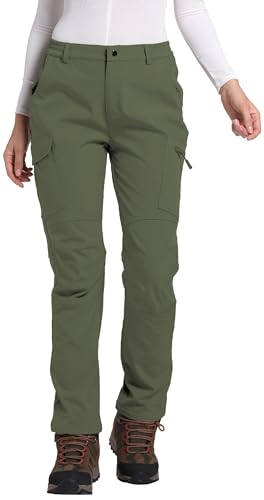Introduction to Scandinavian Seasons
Scandinavia, encompassing Sweden, Norway, Finland, and Denmark, is renowned for its striking seasonal variations, each offering unique experiences for travelers. The region’s distinct climate influences its scenery, activities, and overall travel atmosphere, making each season an enticing time to visit. From the golden hues of autumn leaves to the pristine white landscapes of winter, the Scandinavian seasons provide a diverse palette of natural beauty.
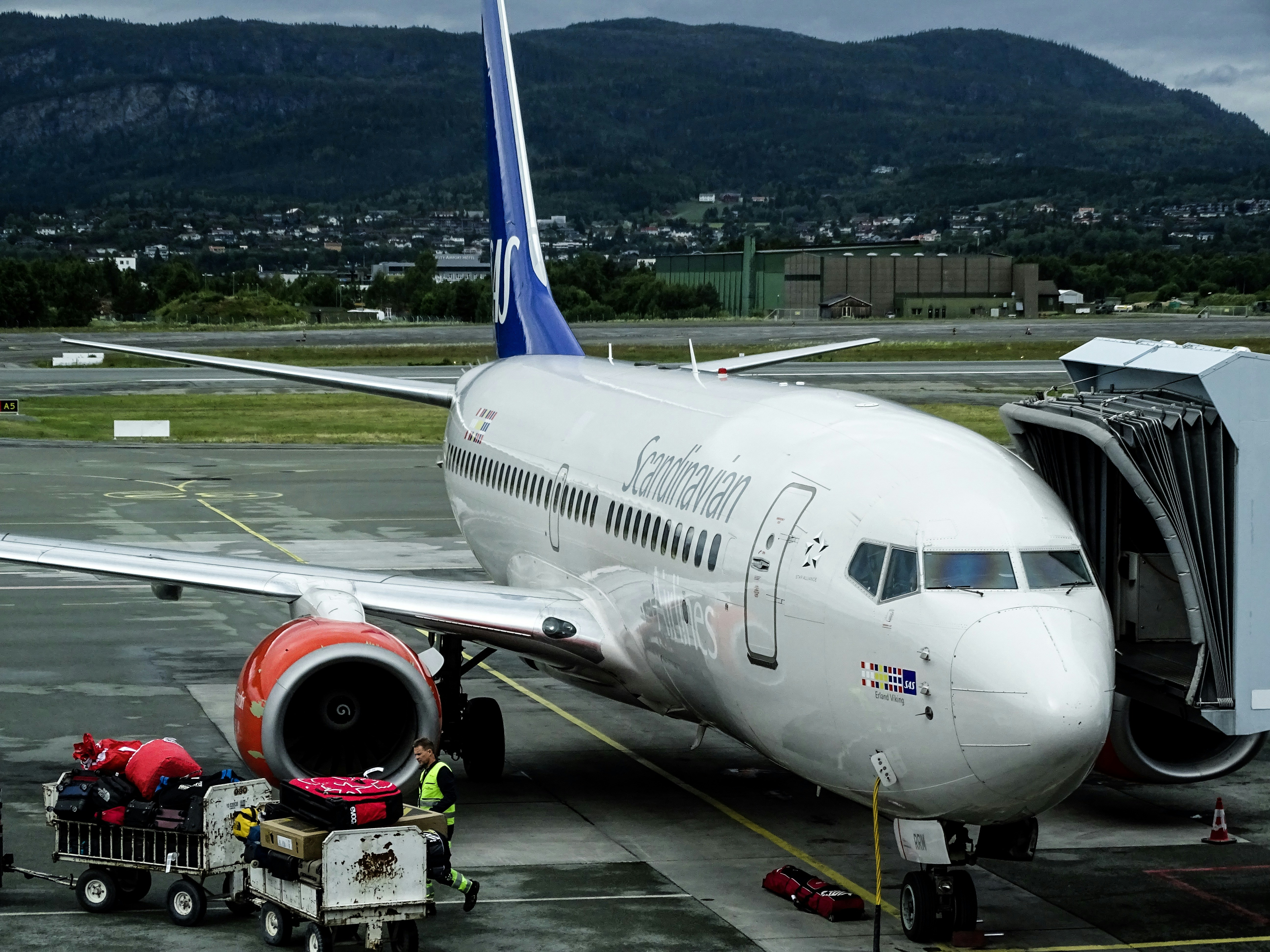
In spring, the melting snow reveals vibrant flora and fauna as daylight hours stretch. This season marks a period of renewal, with festivals celebrating the arrival of warmer weather. Travelers can witness the enchanting phenomenon of the midnight sun in northern regions, where the sun does not set for several weeks, offering an extraordinary experience for outdoor enthusiasts and nature lovers alike.
Summer in Scandinavia is short yet exhilarating, with long days filled with opportunities for exploration. The climate becomes pleasantly mild, ideal for hiking, boating, and other outdoor adventures. Coastal towns come alive with vibrant markets, and the natural landscapes are awash with color. It is during this time that various cultural festivals take place, accentuating the lively atmosphere of the region.
The autumn months bring a spectacle of changing foliage, offering travelers picturesque vistas. With cooler temperatures, it is perfect for enjoying local harvests and experiencing traditional celebrations related to the season. Autumn also tends to be less crowded than summer, allowing for a more intimate connection with the stunning landscapes.
Winter, on the other hand, transforms the region into a snowy wonderland. From skiing in the Norwegian fjords to enjoying the Northern Lights in Finland, the winter months attract adventurers and those seeking a serene escape. Scandinavian winter sports are world-renowned, making this season a prime time for thrill-seekers and families alike.
Winter Wonderland: Experiencing Scandinavia in Cold Months
From December to February, Scandinavia transforms into a captivating winter wonderland, drawing visitors to its snowy landscapes and unique seasonal activities. Among the highlights during this period is Lapland, an enchanting region that offers a variety of experiences. Renowned for its stunning natural beauty, Lapland is the perfect destination for travelers eager to engage in winter sports like skiing and snowboarding. The expansive, powdery slopes are well-equipped with facilities catering to both beginners and seasoned enthusiasts.
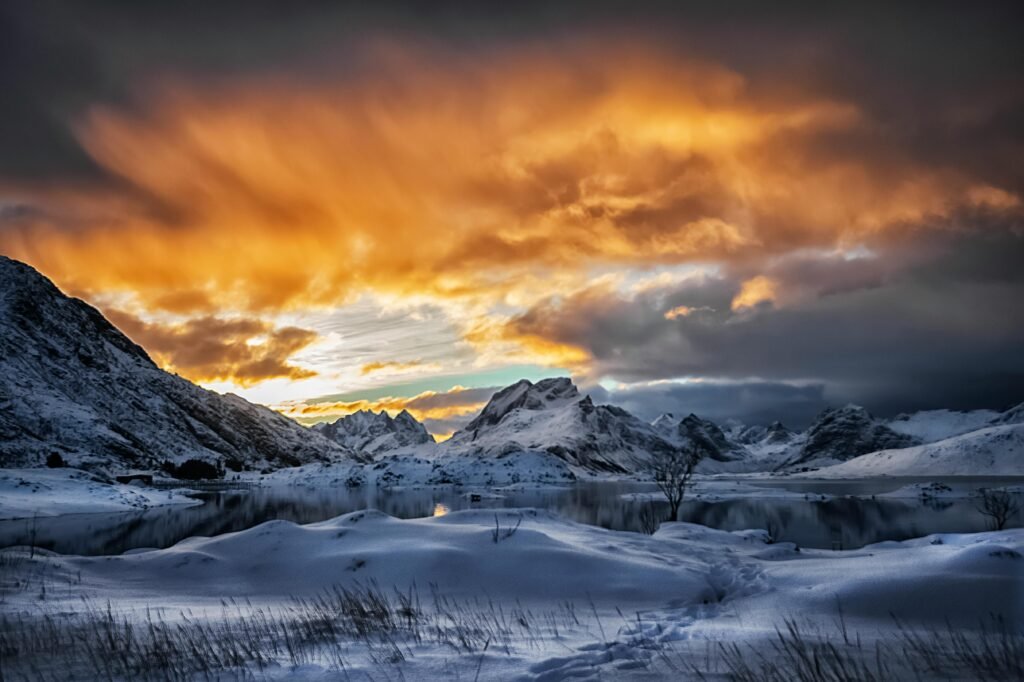
In addition to skiing, another quintessential Scandinavian experience is dog sledding. This exhilarating activity allows visitors to glide across the pristine snow while being pulled by a team of energetic huskies, offering not just adventure but also a unique connection to the region’s indigenous Sami culture. Guided tours are widely accessible, providing participants with insight into both the activity and the history of dog sledding in the area.
No winter visit to Scandinavia would be complete without indulging in the festive atmosphere of the local Christmas markets. Countries like Sweden, Norway, and Finland come alive with beautifully decorated stalls offering traditional crafts, seasonal treats, and hot beverages. Sampling local delicacies such as gingerbread cookies and glögg, a spiced wine, is a must while meandering through these enchanting markets.
When planning your winter getaway, it is crucial to pack appropriately for the chilly weather. Essential gear includes insulated jackets, thermal layers, waterproof footwear, and accessories like hats, gloves, and scarves to ensure comfort in the frigid conditions. Staying warm will not only enhance your enjoyment of exhilarating outdoor activities but also allow you to fully immerse yourself in the beauty of Scandinavia’s winter landscape.
Spring Awakening: Discovering Scandinavia’s Blossoming Beauty
Spring in Scandinavia, spanning from March to May, is a breathtaking time as the icy grip of winter gradually releases its hold on the landscape. During this vibrant season, the region undergoes a remarkable transformation, showcasing blossoming flora and an awakening wildlife. As temperatures begin to rise and the days lengthen, residents and visitors alike can witness the beauty of nature at its most captivating.
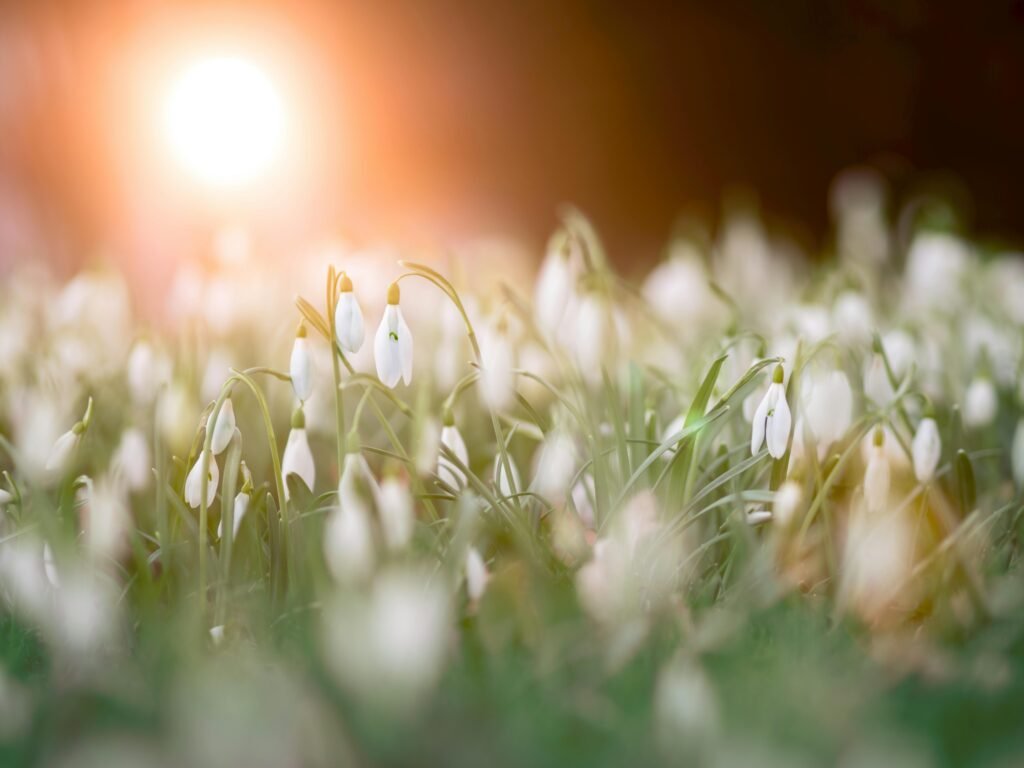
Many spring festivals celebrate the end of winter and the arrival of warmth. These events often highlight local culture, art, and food, offering a fantastic opportunity to immerse oneself in the vibrant traditions of Scandinavian communities. One notable example is the Valborgsmässoafton in late April, marking the arrival of spring with bonfires and festivities throughout Sweden and Finland.
Outdoor enthusiasts will find spring to be an ideal time for hiking across the diverse landscapes of Scandinavia. Popular trails, such as those in Norway’s fjords and Sweden’s national parks, come alive with the blooming of wildflowers and the gradual unfurling of lush greenery. Hikers can explore these breathtaking paths with increased accessibility and ideally mild temperatures, making it an excellent opportunity for all skill levels. Important wildlife sightings become more frequent as many animals come out of hibernation, including reindeer and various bird species returning from their migratory journeys.
When planning a visit during spring, it is essential to pack carefully, as weather can be highly variable. Layers are key, allowing for adaptability in the shifting conditions that can range from sunny afternoons to the occasional chilly breeze or unexpected rain. A good mix of clothing will ensure comfort while enjoying the rich experiences that spring in Scandinavia has to offer.
Summer Adventures: Embracing the Midnight Sun
Summer in Scandinavia, spanning from June to August, offers a unique experience thanks to the phenomenon known as the midnight sun. During this enchanting period, the sun remains visible for almost 24 hours a day, especially within the Arctic Circle, providing extended daylight hours perfect for a variety of outdoor activities. This natural light fosters a vibrant outdoor culture, inviting both locals and tourists to engage in numerous summer adventures.
One of the most popular activities during this time is hiking. The breathtaking landscapes, characterized by lush greenery, towering mountains, and serene lakes, create stunning backdrops for exploration. Trails such as the Besseggen Ridge in Norway or Kungsleden in Sweden are ideal for both seasoned trekkers and beginners. Hiking not only allows for immersion in nature but also presents opportunities to witness the diverse wildlife in their natural habitats.
Biking is another favored summer pastime. Numerous scenic routes throughout Scandinavia cater to cyclists of all skill levels. For instance, the Öresund Cycle Route connects Sweden and Denmark, offering picturesque coastal views while weaving through charming towns. This biking route showcases the region’s rich cultural heritage, as cyclists can pause at historical sites and enjoy local delicacies.
For those inclined toward water activities, sailing in the archipelagos of Sweden or kayaking in Norway’s fjords is highly recommended. The warm weather, accompanied by gentle breezes, makes these activities both enjoyable and refreshing. Sailors can explore uninhabited islands, secluded bays, and immerse themselves in the region’s stunning marine life.
While summer temperatures are generally mild, packing essentials for the season should include layers, as nights can still be surprisingly cool. Lightweight clothing is crucial for daytime excursions, along with a light jacket or sweater to combat the evening chill. Adequate sun protection, including sunscreen and sunglasses, is recommended due to the intense sunlight.
Engaging in outdoor adventures during summer in Scandinavia offers a perfect blend of exploration and connection with nature, making it a cherished season for travelers and locals alike.
Fall Colors: Experiencing the Autumn Vibes
As summer fades into the crisp air of September, Scandinavia transforms into a breathtaking tapestry of autumn colors. This picturesque season lasts until November and offers visitors a chance to witness vibrant foliage as trees don their fiery-red, orange, and golden-yellow leaves. The phenomenon, often referred to as “fall colors,” is particularly stunning in regions such as Norway’s fjords, Sweden’s national parks, and Finland’s vast landscapes. The breathtaking contrast of autumn hues against the serene waters and rocky terrains creates a scenic backdrop that attracts photographers, nature enthusiasts, and travelers alike.
The autumn season in Scandinavia is also marked by a flourishing cultural landscape, characterized by harvest festivals that celebrate local produce and traditions. These festivals, celebrated in various towns and villages, present visitors with an opportunity to indulge in local cuisine, sample seasonal delicacies, and participate in traditional crafts. Engaging with locals during these events provides a deeper understanding of Scandinavian culture while enjoying the fruits of the harvest.
Foraging for edible mushrooms is another unique experience during the autumn months in Scandinavia. The forested regions become a treasure trove for mushroom enthusiasts, offering a variety of edible species. Many locals take pride in teaching visitors how to safely identify and gather mushrooms, providing both an educational and adventurous outing. As you explore the forest trails, be sure to equip yourself with appropriate gear to combat the cooler, rainy conditions typical of fall. A waterproof jacket, comfortable hiking boots, and layers will ensure a pleasant experience as you immerse yourself in this enchanting season.
Overall, autumn in Scandinavia offers a vibrant blend of natural beauty and cultural richness, making it an opportune time for travelers to explore the region’s diverse offerings.
Cultural Experiences Year-Round
Scandinavia is renowned for its rich cultural heritage, which is vibrantly showcased throughout the year via various seasonal festivals and local traditions. Each season introduces unique events that allow travelers to delve deeper into the heritage and customs of the region, offering a diverse array of experiences that are reflective of Scandinavian culture.
In spring, many Scandinavian countries celebrate the arrival of warmer weather with vibrant festivals such as the Walpurgis Night, marked by bonfires and singing in Sweden and Finland. This festive atmosphere also encourages outdoor markets where visitors can sample seasonal delicacies like freshly baked pastries and spring greens. As the flowers bloom, regional cuisine comes alive with lighter dishes featuring local produce, providing a perfect opportunity to engage with local farmers and artisans.
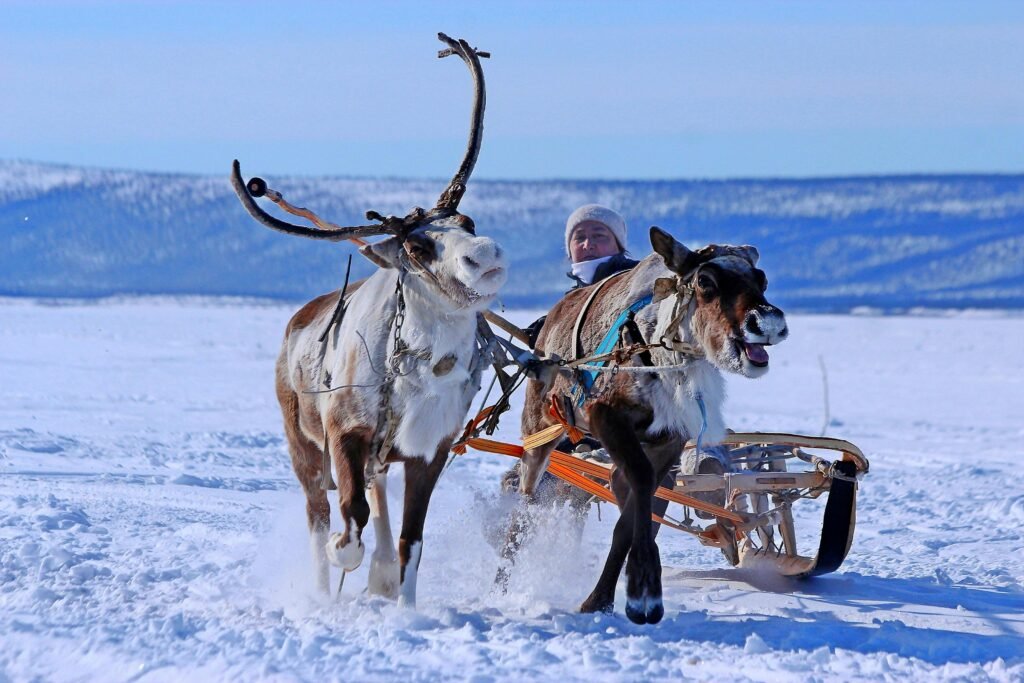
Summer brings the Midnight Sun, and with it, a host of events designed to celebrate the extended daylight hours. Midsummer, celebrated throughout the Nordic countries, typically involves traditional dancing, folk music, and a feast featuring herring and new potatoes. Traveling during this season allows visitors to witness colorful maypole celebrations, as well as festivals honoring local crafts and traditions. Each event reflects the deep connection Scandinavians have with nature and the changing seasons.
Autumn is a time of harvest, and various regions host festivals that focus on local food. For example, the Apple Festival in Norway highlights the range of apple varieties and may include tastings, while Sweden’s Olsok Festival features hearty traditional dishes. Engaging with community events during this season often allows travelers to sample homemade treats and local brews while connecting with artisans showcasing their skills.
Winter, while often seen as a time for hibernation, is bustling with activity across Scandinavia. The Christmas season is particularly enchanting, as towns are adorned with lights and festive markets spring up. Traditional foods such as glögg (mulled wine) and gingerbread cookies become prevalent, inviting visitors to experience unique holiday customs. Moreover, winter sports festivals showcase the region’s climatic assets, allowing locals and tourists to participate together in winter activities.
Regardless of the season, experiencing Scandinavia means engaging with the vibrant local cultures, tasting traditional dishes, and celebrating with communities. Each visit can offer travelers enriching experiences, enabling them to appreciate the evolving traditions and flavors that characterize this captivating region throughout the year.
Essential Packing Tips for Each Season
Traveling through Scandinavia each season reveals its unique charm, yet it also presents distinct challenges regarding weather and climate. Therefore, it is essential to pack appropriately to ensure a comfortable experience. Each season in Scandinavia brings varying temperatures and conditions, necessitating specific clothing and gear for your journey.
In spring, as nature awakens, temperatures can fluctuate between cool and mildly warm. It is wise to pack layers, allowing you to adapt to changing conditions. Lightweight waterproof jackets are beneficial due to potential rain showers. Comfortable walking shoes are also crucial for exploring blooming landscapes, while a light sweater provides warmth during cooler evenings.
Summer brings longer days with temperatures ranging from mild to warm. This is the peak season for travel in Scandinavia, and tourists should include breathable clothing such as cotton or linen shirts, shorts, and dresses in their luggage. However, given the region’s unpredictable weather, a light jacket for cooler evenings or unexpected cold snaps is still advisable. Comfortable travel shoes and accessories like hats and sunglasses ensure protection from the sun during outdoor activities.
Autumn paints Scandinavia in vivid colors, yet temperatures begin to drop. Travelers should consider packing warmer clothing, including fleece jackets and thermal layers. Waterproof footwear is essential for navigating wet or muddy terrain, particularly as autumn can be characterized by rain. A sturdy umbrella and raincoat also serve as practical items for staying dry amidst stunning fall foliage.
Winter in Scandinavia can be harsh, with substantial snowfall and freezing temperatures. Packing becomes increasingly critical during this time. Insulated and waterproof winter clothing, such as heavy jackets, thermal underwear, and warm hats, are necessary for outdoor adventures like skiing or hiking. Furthermore, snow boots and gloves are paramount to ensure warmth during long periods outside. Consulting with local forecasts can enhance these packing strategies, helping travelers prepare for any unexpected changes in winter weather.
Transportation Options in Scandinavia During Different Seasons
Scandinavia offers a diverse range of transportation options throughout the year, tailored to each season’s unique conditions and attractions. Whether visiting vibrant cities, stunning coastlines, or enchanting landscapes, understanding the most suitable transportation methods is essential for an enjoyable experience.
In winter, the weather can significantly impact travel plans, particularly due to snow and icy conditions. Road trips during this time require vehicles equipped for winter conditions, such as snow tires. Alternatively, trains remain a reliable option, as the rail network is well-equipped to handle winter weather. High-speed trains connect major cities, providing a comfortable journey despite the cold temperatures.
As the seasons shift into spring, transportation options become more flexible. This time of year is ideal for exploring the scenic countryside by car, as snow melts and landscapes begin to bloom. Many ferries also resume operations, making it easier to visit the picturesque archipelagos in places like Stockholm and Oslo. Bicycles are popular in spring, with many cities offering bike-sharing programs to facilitate local transit.
During the summer months, Scandinavia thrives with tourists, and transportation options expand significantly. Ferries operate more frequently, connecting idyllic islands and coastal towns. Road trips during this season are particularly rewarding, with long daylight hours and stunning vistas along coastal routes. Additionally, public transit systems, including buses and trams, enhance accessibility in urban areas such as Copenhagen and Gothenburg.
As autumn approaches, transportation options begin to wind down, with the cooling weather prompting a return to more traditional options like trains and cars. However, this period also offers unique scenic train routes through colorful autumn foliage. In conclusion, understanding the transportation dynamics across the seasons in Scandinavia is vital for optimizing travel plans and ensuring a memorable experience in this captivating region.
Safety Tips and Travel Considerations Year-Round
Traveling to Scandinavia throughout the year offers a unique experience marked by diverse climates and landscapes. However, ensuring your safety while enjoying the breathtaking features of this region is paramount. To make your travel enjoyable and secure, below are essential safety tips tailored for each season.
In winter, weather conditions can significantly impact your travel plans. Extreme cold and snowfall may lead to dangerous road conditions. Therefore, it is advisable to stay updated on weather forecasts and road conditions. Ensure that your vehicle is equipped with winter tires, emergency kits, and proper fuel, should you need to traverse remote areas. If you plan on engaging in winter sports such as skiing or snowshoeing, always wear appropriate gear and avoid venturing off marked trails.
Spring brings milder weather but can also present unpredictable conditions, including rain and sudden temperature changes. While hiking or exploring the stunning natural parks prevalent in Scandinavia, it is crucial to dress in layers and keep a waterproof jacket at hand. Additionally, inform someone about your hiking route and expected return time, particularly when heading to isolated regions.
During the summer months, the days are long, and outdoor adventures are plentiful. However, it is essential to consider the increased number of tourists and the potential for crowded attractions. It’s wise to arrive early at popular sites to ensure access and safety. Furthermore, always remain vigilant about personal belongings, especially in urban centers.
Autumn’s stunning foliage is a sight to behold, yet with the changing weather, visibility may be reduced. When driving or hiking, be cautious of slippery surfaces caused by fallen leaves and rain. Always carry a map or download offline navigation apps, especially in less populated areas where cell service may be limited.
Regardless of the season, familiarize yourself with local emergency contacts and procedures. Each country in Scandinavia has specific protocols to follow in emergencies, including medical assistance and police. Stay informed, travel smart, and enjoy the enchanting landscapes of Scandinavia safely all year round.
Conclusion: Choosing Your Ideal Time to Visit Scandinavia
Scandinavia, with its stunning natural beauty and rich cultural offerings, presents an array of enchanting experiences throughout the year. Each season unveils its own unique charm, catering to various interests and preferences. Winter is perhaps the most magical time to experience this northern region, where snow-covered landscapes transform into picturesque scenes reminiscent of a fairy tale. The allure of exploring icy terrains, indulging in traditional winter sports, and witnessing the mesmerizing Northern Lights are experiences that many travelers yearn for during the colder months.

As winter transitions to spring, Scandinavia awakens with vibrant colors and invigorating wildlife. The melting snow reveals lush greenery, while blooming flowers begin to adorn the surroundings. This season not only marks the beginning of warmer weather but also offers opportunities for outdoor activities such as hiking and enjoying pristine nature, making it ideal for nature enthusiasts and adventure seekers alike.
Summer introduces longer daylight hours and pleasant temperatures, inviting visitors to partake in various outdoor adventures. From sailing on serene lakes to enjoying festivities in buzzing cities, summer strikes a balance between relaxation and exploration. The Scandinavian coastal towns come alive with busy markets and cultural events, providing an authentic glimpse into local life.
Autumn, in turn, captivates with its rich tapestry of fall colors and offers a tranquil escape before the winter chill sets in. Harvest festivals and mushroom-picking excursions highlight the season’s emphasis on gastronomic delights, enhancing the travel experience for food enthusiasts. Regardless of when you choose to visit Scandinavia, the region consistently delivers unforgettable moments and breathtaking landscapes. Your choice of season should align with your interests and adventure aspirations, ensuring a memorable journey that showcases the best of this captivating part of the world.




